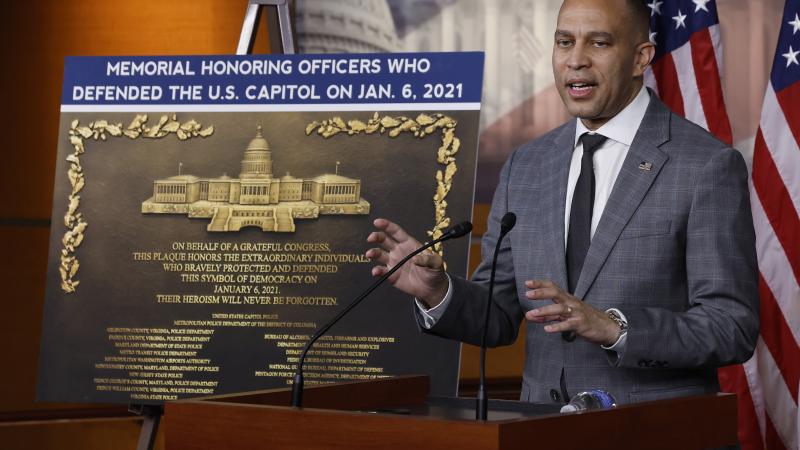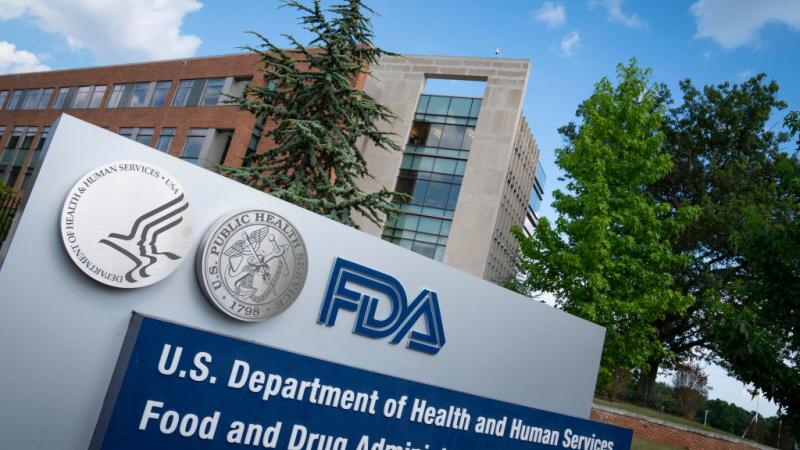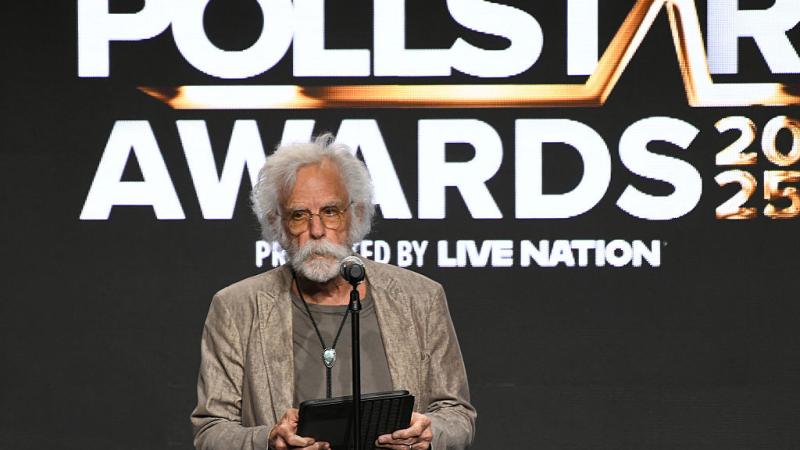Food stamp benefits prove to be a dividing line in Congress' fight over Farm Bill
Facing a Sept. 30 deadline to avert the expiration of critical programs, however, the Republican legislation is likely to face considerable pushback from Democrats in both chambers as well as the White House.
The House Agriculture Committee last week approved a proposed Farm Bill ahead of the holiday weekend, marking the latest development in what is expected to be one of the last major spending fights ahead of the November general election.
Facing a Sept. 30 deadline to avert the expiration of critical programs, the Republican legislation is likely to face considerable pushback from Democrats in both chambers as well as the White House, largely due to provisions that they view as cuts in the Supplemental Nutrition Assistance Program (SNAP), formerly known as Food Stamps.
The last Farm Bill was passed in 2018 and was set to expire last year, though its programs have continued via extensions while members of both parties attempt to hammer out the details of the full-term legislation.
The Sept. 30 deadline applies to programs tied to the current fiscal year while the programs linked to the crop year face a year-end expiration. Republicans remain optimistic that a bill will secure Biden’s signature by year’s end. Considered “must pass” legislation, the bill’s passage ahead or failure to do so by the Sept. 30 marker could also potentially prove pivotal to the November elections.
The Republican plan advanced through the committee in a 33-21 vote, with four Democrats joining their Republican colleagues in advancing the legislation, Politico reported. The Senate Agriculture Committee, led by Sen. Debbie Stabenow, D- Mich., has put forward its own vision and upper chamber Democrats have not responded well to Republican alterations to existing benefits programs.
“Chairman Thompson defied the critics who for months said it would be impossible to pass a bipartisan farm bill out of Committee,” Ben Goldey, House Agriculture Committee Republicans communications director, told Just the News.
“The bipartisan Farm, Food, and National Security Act of 2024 includes bipartisan priorities in every title, and the Chairman looks forward to working with Members from both sides of the aisle and every corner of the country to get it passed,” he added.
While Thompson and House Republicans have remained optimistic about the bill amid the process, Democratic members of the Agriculture Committee have expressed doubts that the current version will make it to President Joe Biden’s desk and secure his signature.
“Everyone knows that this bill would never become law. The Senate won’t accept it and the administration won’t accept it,” said ranking member Rep. David Scott, D-Ga., according to the Alabama Reflector. “And while this bill is a giant misstep, it nevertheless begins our journey toward passing a farm bill.”
A typical Farm Bill is a multi-year spending package that provides for an array of agriculture-based programs, including exports, farm management, crop insurance, renewable energy development, forestry management, and other myriad programs. The bill includes a total of twelve titles, of which the largest is usually Title IV, which addresses nutrition assistance.
The bulk of that title, moreover, comes from SNAP. Other programs covered include the Commodity Supplemental Food Program (CSFP) and The Emergency Food Assistance Program (TEFAP).
Republicans hope to bolster subsidies for commodity farmers through the bill’s myriad programs “to account for persistent inflation and rising costs of production.” Drawing the most attention within the $1.5 trillion package, however, is a plan to restrict the U.S. Department of Agriculture from increasing its spending on food aid.
A title-by-title summary of the Republican plan states that the legislation “[c]orrects egregious Executive branch overreach and disallows future unelected bureaucrats from arbitrarily increasing or decimating SNAP benefits.”
Republicans have estimated that such a move would eventually save up to $300 billion without cutting SNAP, though critics have insisted the freeze on spending would result in a de facto $30 billion cut. A critical entitlement, the SNAP program is estimated to account for roughly 82% of the entire Farm Bill’s cost, according to E&E News. Agriculture Secretary Tom Vilsack, for his part, estimated that the proposal would amount to a roughly $27 billion cut to SNAP, according to Roll Call.
“The reality is, it’s crossing a significant red line that has been established throughout the course of the conversation about a farm bill,” said Vilsack. “I think the fact that we’re crossing that red line raises the real possibility of being unable to get a farm bill through the process… It is essentially a crack in the coalition that is absolutely necessary to the passage of a farm bill.”
Specifically, the legislation would limit updates to the means of calculating benefits for SNAP via the Thrifty Food Plan. Republicans deny that the provision constitutes a cut and have highlighted the retained cost-of-living adjustments to TFP that remain in the current legislation.
“The Farm Bill includes protective language that prevents extreme changes to SNAP benefits without Congressional input and continues the cost-neutral status that the TFP has maintained for over 40 years,” Georgia GOP Rep. Austin Scott, a member of the Agriculture Committee, told Just the News.
That particular provision, however, has Democrats scratching their heads on the broader funding questions.
“If we want a farm bill that is able to pass into law with the bipartisan levels that it requires to pass beyond this committee, it is necessary that we go back to the negotiating table and remove this provision,” said Rep. Yadira Caraveo, D-Colo., who voted to advance the legislation, according to the Alabama Reflector.
Upper Chamber Democrats, meanwhile, are adamant that the measure will never clear the Senate, and some appear doubtful it will secure passage even in the Republican-led House.
“It tears up the farm and food coalition and does not have the votes to pass on the House floor. And certainly not in the Senate,” Stabenow said to States Newsroom.
“They have the largest cut in 30 years in SNAP,” she further told The Hill. When pressed on the prospects of reconciling the competing versions of the bill, Stabenow said that “[t]here’s a lot in the chairman’s mark in the House and in mine, we just have to be willing to get together and not do those things that pull people apart.”
While the Senate committee has yet to mark up its own legislation, the panel has put forward its own general outline, which Republicans have maligned as catering to Democratic partisan initiatives.
“Democrats have been saying for months that there's no additional money to bolster the farm safety net with necessary increases in reference prices and crop insurance protections,” Sen. Tommy Tuberville, R-Ala., told Just the News earlier this month. “Yet, somehow they found more than $20 billion to spend on their partisan priorities, including allowing Puerto Rico residents to be eligible for SNAP and tying conservation spending to climate change initiatives."
Ben Whedon is an editor and reporter for Just the News. Follow him on X.
















